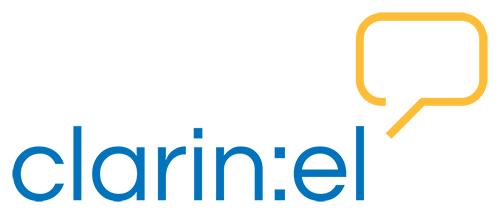Hypothesis is an open source annotation tool for the annotation of Web pages and PDF documents. It can be used to create notes, highlights, and replies.
Hypothesis annotation tool is available through the CLARIN:EL Research Infrastructure and it can be used by all registered and/or non-registered users.
To start annotating using Hypothesis you need to create a free account and then add Hypothesis Annotation tool extension to your Chrome browser.
For more information please view the metadata record of Hypothesis in the CLARIN:EL Central Inventory or consult user manuals and guides (in Greek).

